If you see this Chemical Warning Symbol on a lab, it means....
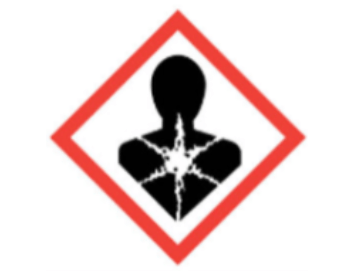
The materials you are using have the potential to cause damage to your body over time. (Health Hazard)
A(n) _____________ is when you make an assumption or prediction about something that you observe.
a) observation
b) inference
c) claim
d) reasoning
b) INFERENCE!
Which of the following is NOT used to measure the volume of liquids?
a) Graduated Cylinder
b) Triple Beam Balance
c) Beaker
d) Erlenmeyer Flask
True or False:
Open-toed shoes, loose clothing and dangling jewelry are okay to wear during a lab experiment.
FALSE!
What is the meaning of this chemical warning sign?
Toxic
Make an OBSERVATION about this photo:

Remember an OBSERVATION is: "Using your five senses to take note of and observe your surroundings!"
What is this piece of labware called?
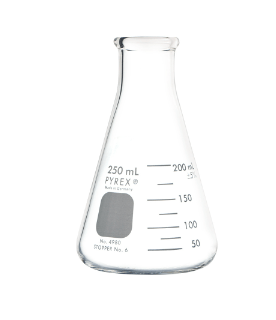
Erlenmeyer Flask
If you see lab equipment on your desk when you enter the classroom you should...
Leave it alone and wait for the teacher's instructions!
What does this safety symbol mean?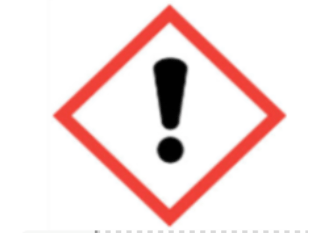
Irritant
Make an INFERENCE about this photo:
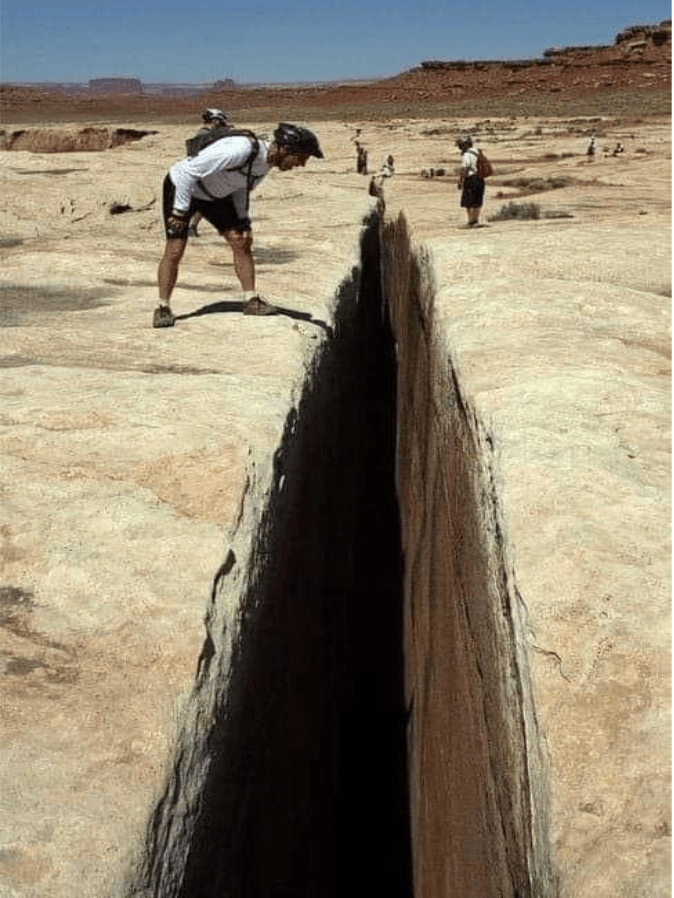
Remember an INFERENCE is: "when you make an assumption or prediction about something that you observe!"
What amount of MASS is this Triple Beam Balance measuring?
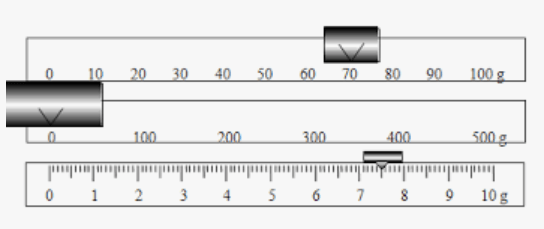
77.5g
What should you do if you do not understand the directions for an experiment?
Ask the teacher (or a classmate!) for help
Draw the symbol that means the materials you are working with are flammable.

Make an OBSERVATION about this photo:

Remember an OBSERVATION is: "Using your five senses to take note of and observe your surroundings!"
What safety equipment must you use when working with glass materials?
Goggles
If you see these symbols, which safety equipment should you gather?

Apron, Goggles, Gloves
What should you do if you see this chemical warning sign?
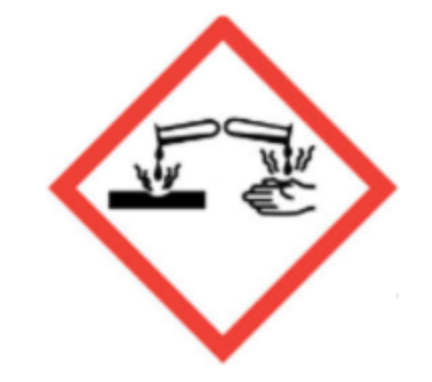
Corrosive (can cause damage to metal, skin, or eyes). You should wear an apron, goggles (if corrosive to eyes), and gloves (if it is corrosive to skin)! Be cautious using this around certain metals too.
Make an INFERENCE about this picture:
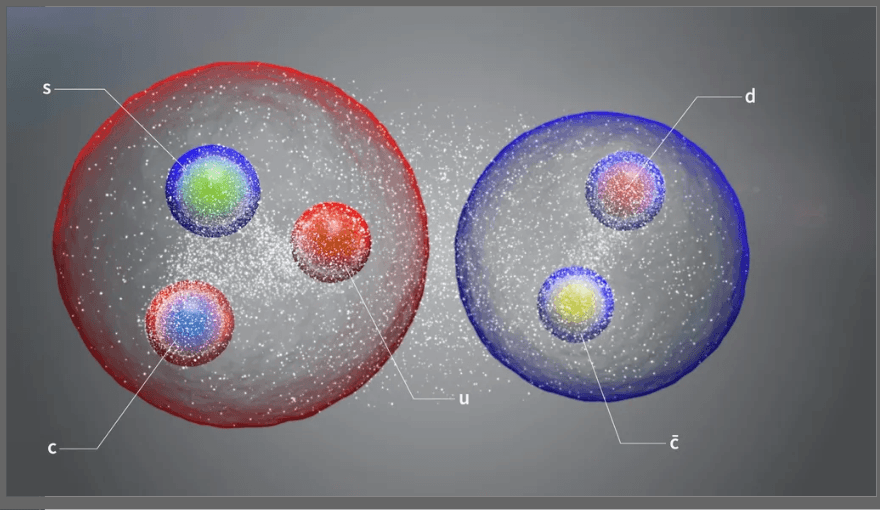
Remember an INFERENCE is: "when you make an assumption or prediction about something that you observe!"
What should you do if you or a classmates breaks a piece of glassware during a lab?
Notify the teacher, move away from the area immediately, then your teacher will place them in the glass disposal box
You are working on a lab in class and have put on your safety gear (goggles, apron, and gloves). You read through the lab directions and start pouring chemicals into your beaker at your lab station. All of the sudden your nose starts to itch!!! What should you do???
Remove your gloves, wash your hands, and then scratch your nose. Throw away the used gloves and put on a new pair.